▲Click here for the first beer of the 999heads project, which sells beer at a high price (Photo courtesy of Mr. Tagami)
"The purpose of this project is to sell high value beer at a high price"
May 6, 2021. The website of 999heads, a membership-based project started by Mr. Satoshi Tanoue of Tokaido Beer, a famous beer craftsman for craft beer lovers, begins with such a provocative sentence.
"The purpose of this project is to sell high-value beer at a high price. We will only sell beer that the beer craftsmen have put all their skills into."
▲Mr. Tagami says, "I didn't have a beer I wanted to drink, so I made it myself." The brewery “Kazekami Beer Seizo”, which was established in 2016, had a sensational impact on the industry and became a hot topic among core craft beer fans. After that, he considered retiring due to a traffic accident, but was invited to participate in the "Tokaido Beer Kawasaki-juku Factory" project as a brewing engineer.
This project is to sell beer carefully made by brewers to 999 members who agree.
The membership fee is surprisingly cheap at 30 yen, but the first beer you can purchase is a set of 3 330ml bottles for 5,000 yen (shipping included).
▲Tokaido BEER, which is normally sold, costs 2,000 yen for 3 bottles of the same size.
Considering that a typical 500ml canned beer costs less than 300 yen, it is certainly expensive.
But this is not a project Mr. Tagami started to make money.
In the background of the problems of the current beer industry, where even if high-quality beer is made, it cannot be sold at a reasonable price that matches it, it is not profitable.
"Nobody got rich by making beer"
First, let me explain why breweries are not profitable.
From 1994, when the ban on craft beer was lifted, Mr. Tagami said that the industry had always been in the red.
Craft beer that appeared in the early days of the ban is also called "local beer", and many of them were created to liven up the local area, and there were even cases where local governments invested.
In that case, even if the business itself is in the red, it would be good if the local beer became a hot topic first, and no effort was made to improve quality and price.
▲Mr. Tagami in preparation. He is putting in the malt. Considering the difference in scale with major factories, it goes without saying that it is disadvantageous in terms of price because mass production is not possible (photo provided by Mr. Tagami)
In addition, although wine is a foreign culture, unlike wine, beer was localized quickly.
When it came to Japan, major companies entered the market, and it became popular as a familiar and inexpensive product that can be drunk every day in ordinary households. As a result, craft beer has been in price competition with major companies since it became possible to manufacture it.
Beer, which is a facility industry, can be made uniformly and cheaply as the factory is huge. It goes without saying that craft beer, which sells individuality, is at a disadvantage.
▲The malt and hops used in the 999heads No. 1 beer. Hops (photo right) are dried and pressed into a product called "pellet" (Photo courtesy of Mr. Tagami)
Besides, making beer in Japan is expensive.
"Most of the raw materials for beer are imported. Even yeast, which is a living thing, is imported, and the liquor tax is ten times higher than overseas.In recent years, the consumption has been declining year by year.Honestly in Japan like this. You can't make money by making beer."
"Do you want cheap and bad beer in the future?"
▲A situation where you can drink your favorite beer whenever you want, isn't that the future that beer lovers want to choose?
"We have no choice but to make cheap and bad-tasting beer without wasting time. But is that the future that beer lovers want?" Mr. Tagami asks.
Furthermore, if the unprofitable situation continues, the number of new entrants will decrease and the industry will decline.
Although the situation is changing somewhat with the opening of direct sales routes, daikon radish is set at 100 yen per stick, whether it is delicious or not. You should hate it as much as a certain person.
▲ Inside the Tokaido Beer Kawasaki-shuku factory. The right side is the factory, where original beer is produced. Of course, you can also drink on the spot.
When the ban on craft beer was lifted in 1994, the people who entered the market will retire, and if the number of new entrants decreases, the craft beer industry in Japan will taper off.
Is it a happy future for beer lovers?
Towards a beer industry where both regular and special bottles can coexist
This does not mean that all beers should be expensive.
"I think I have to make a difference."
For example, Mr. Tagami mentioned the sushi industry, which he loves.
There are conveyor belt sushi restaurants that you can casually drop into even when you're short on money, and there are high-end restaurants where you can't get a reservation even if you've been waiting for a year or two. connected to
It's not just the sushi industry. Yakitori (grilled chicken skewers) and ramen, which used to be popular foods for the common people, are diversifying, with high-end restaurants and restaurants that require reservations.
There are so many to choose from.
▲It should be fun if you can drink this beer today depending on your mood of the day.
Similarly with beer, there is a familiar taste that you can enjoy every day, and there is also a special bottle that you can choose for a special day.
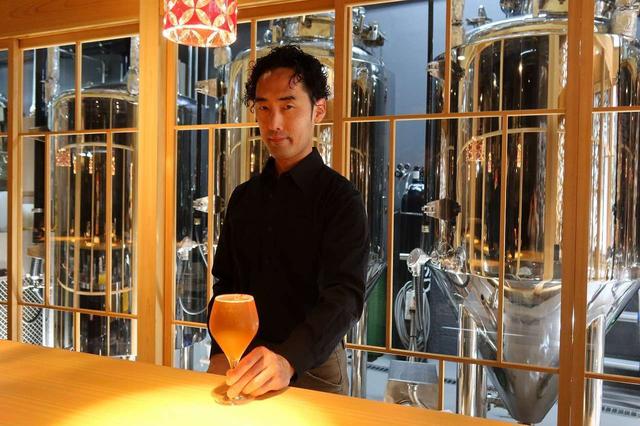
I don't think it's a reckless attempt considering the national character that can accept so much diversity in other eating and drinking.
The first beer "Antarcticite" means "Antarctica"
▲The first beer that arrived at my house. Chill while pounding to see what it tastes like. It's a secret, but there's a mistake on the label. pretend you didn't see
In fact, many people responded to Mr. Tagami's provocation, "Everyone should decide what to do with the beer industry in the future," or "Become a member and buy expensive beer."
The plan is to eventually limit the number of participants to 999, but the initial recruitment was a smaller number of 600, and by May 20, two weeks after the start, two-thirds of the number had been filled. . The shipment of the first beer "Antarcticite" has already started from May 10th.
▲The bulletin board on the site has comments from people who have already drank it.
Antarcticite is an ore discovered in Antarctica by explorer Tetsuya Torii in 1963, and is also called Antarctic stone.
It is colorless like a crystal, and its biggest feature is that it reaches its melting point at about 25 degrees and liquefies. Until the discovery of antarcticite, the only minerals that melted at room temperature had been thought to be ice and natural mercury, which had been known since prehistoric times.
In other words, minerals are gems.
The eponymous beer is a drinking gem, so to speak. Mr. Tagami, who used to be a physics teacher, has a unique name.
A common type of beer that is absolutely unique
As for the genre of beer, it is the same pilsner made by major beer companies.
Beer is roughly divided into two types, lager and ale, depending on the yeast used. Pilsner is the former lager.
It is easy to understand if you think of it as a common type that comes out when we order "beer for the time being" because it has a refreshing scent and taste.
However, there is no way Mr. Tagami would make such a beer.
"Nobody would be happy if I made something that was refreshing and very drinkable. Because major companies are already making it. What I aimed for was a clean base. , It is a beer with a beautiful fragrance that is gorgeous but not heavy.”
And they say that the beer they were aiming for was completed.
It was through this interview that I learned for the first time that there is a blueprint for brewing beer. It is possible.
▲A record during the production of Antarcticite. Check the temperature and fermentation status every day, and confirm the direction you are aiming for (photo provided by Mr. Tagami)
“Of course, I write down everything I do for about two and a half months. Some people think it's fun to have a different taste each time, but I don't make it by chance."
▲ Fermentation. It is said that carbon dioxide gas is blowing out violently from the air valve (photo provided by Mr. Tagami)
Even Mr. Tagami had a hard time with this beer.
Because it takes more than twice as long as ale beer, and it is delicate and laborious.
I asked seniors in various places to teach me that I needed skill and effort, and the beer I completed after drinking a lot of beer was a pilsner, but this is a pilsner that can be called a craft.
Don't you want to drink just listening to the story?
If you are a beginner, use a wine glass to enjoy the aroma
So, finally, it's time to drink. But before that, I was worried about the glass.
Although many reviews have already been written on the site, beer lovers are enjoying it by changing the glass according to the beer.
But we don't have that many kinds of glasses. I timidly asked Mr. Tagami, and he said, "If you are a beginner, a wine glass is fine."
▲I took out the wine glass I received as a gift. I have a track record of breaking many, and I rarely serve it, but for a special beer to me, a special glass.
All wine glasses are made to enjoy the aroma, and he wants craft beer to enjoy the aroma first.
Usually, the ale beer Mr. Tagami makes has a strong aroma, so he drinks it without foam, but he recommends drinking this pilsner with about one-fifth of the foam.
▲For the time being, I poured it. The color is darker than general beer. Bubbles disappear quickly. So, I'm sorry, the bubbles have decreased considerably during the shooting
While wondering if it can be poured so neatly, I take out a wine glass that I rarely use and pour it into it.
I don't think I poured it well, but if I worry about it, I can't drink it forever.
A one-of-a-kind beer unlike any other beer I've ever had
▲Try it. The bitterness spreads comfortably, and the afterglow is long, very long. Surprise
Put the glass to your mouth. The first thing that came was the sweet scent.
Yeah, I thought it was beer, but the next moment it turned into a refreshing scent like white grapes. It's beer, but it's fruity.
I take a sip, thinking oh my goodness. There is also sweetness, but it turns into bitterness as it melts. I wonder if you could call it a sharp, smooth bitterness without any sharpness, a taste that makes you want to roll it around in your mouth for a long time.
There is a fur called mink, which is extremely soft to the touch, but not as fragile as silk. In other words, although it is smooth, it is responsive and has thickness.
Are many science and IT students fond of beer?
▲It's best to drink it rather than try to say it. was delicious
I tried my best to explain, but in a nutshell, it's delicious.
Very good.
It doesn't resemble any beer I've ever had, and the length of the finish in the mouth is unlike wine, sake, or whiskey.
It's not something you drink to quench your thirst, it's a beer to enjoy slowly by making full use of your taste buds and other senses. Personally, I feel that it resonates most with whiskey lovers. The only problem is that you'll wake up to the taste of beer and get swamped.
By the way, there are many people who like beer in the sciences, especially in the IT field.
As you can see from the blueprints in the manufacturing process, beer is made based on precise calculations.
It seems that it is irresistible to imagine it and classify it, and it seems that beer is something to taste with your head. It's deep.
*The photos in the article were taken before the state of emergency was declared and provided by Mr. Tatsushi Tagami. Also, interviews are conducted online.
Written by: Hiroko Nakagawa
Explainer of homes and towns. She has been involved in editorial work with a focus on real estate for over 30 years, and in recent years has published many articles on the theme of towns, such as grounds, administrative services, vacant houses, community development, and more. His major publications include Don't live in this town (Magazine House) and Solution! Empty House Problem, Tokyo Disparity Floating City, Sinking City (Chikuma Shinsho), etc. Qualified real estate broker and administrative scrivener. He is a member of the Geographical Society of Japan, the Geomorphological Union of Japan, and the Tokyo Suribachi Society.
Read also past articles

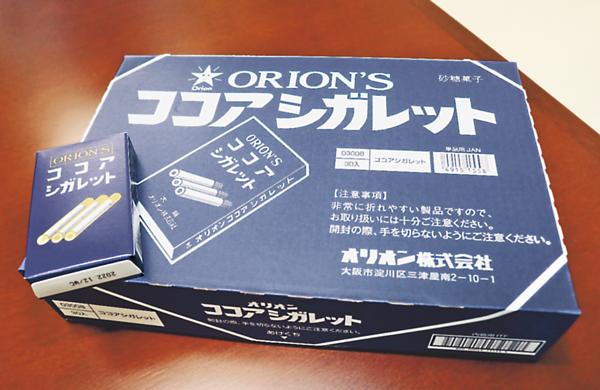
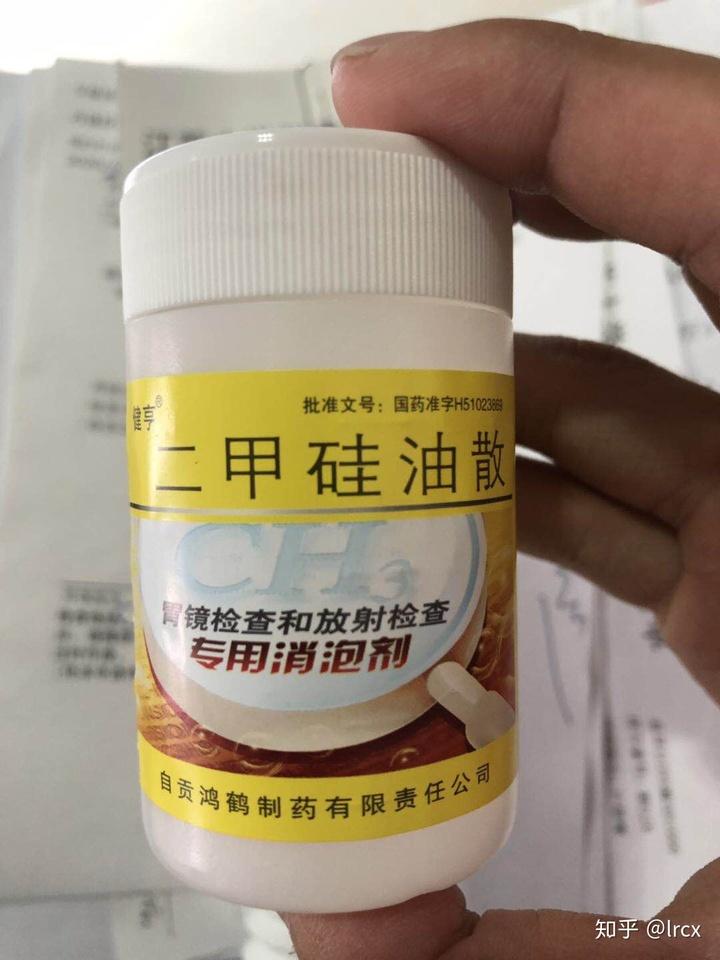

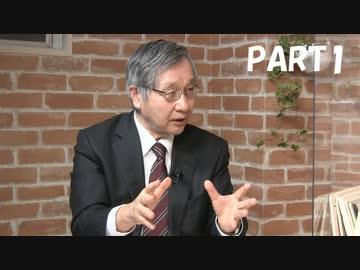
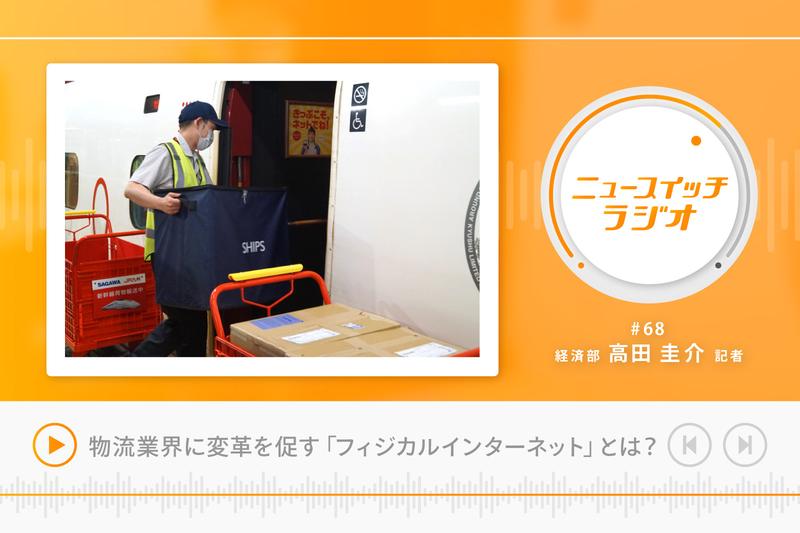
![[New Toyota Voxy (90 series)] Amplifies the characteristics of the aero body! A design that further enhances the power of the front mask! #Works direct custom deep layer 001](https://website-google-hk.oss-cn-hongkong.aliyuncs.com/drawing/article_results_9/2022/3/25/01568e2fbf021c0eaf7d013507c850a4_0.jpeg)

![[Toyota Noah / Voxy new model] Modellista releases various customized parts ... Actual vehicle exhibited at Tokyo Auto Salon](https://website-google-hk.oss-cn-hongkong.aliyuncs.com/drawing/article_results_9/2022/3/25/8268612c1e5941e62d3dfd07f8991b2f_0.jpeg)
